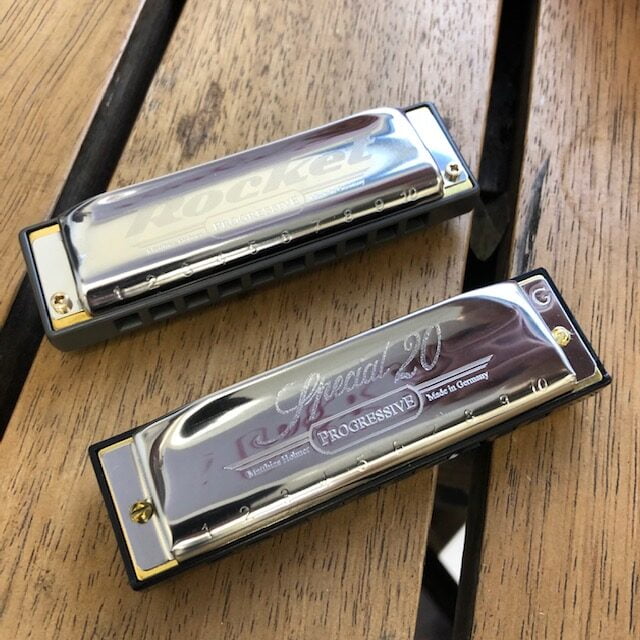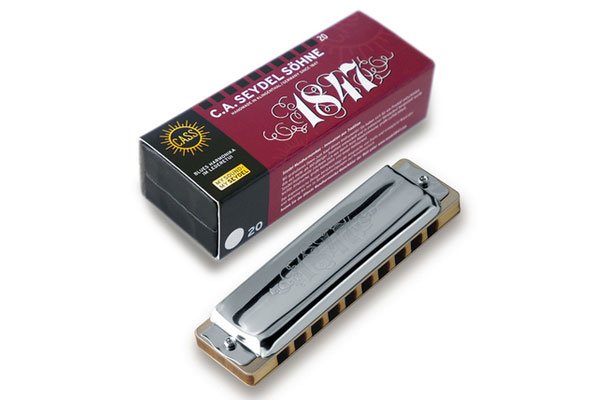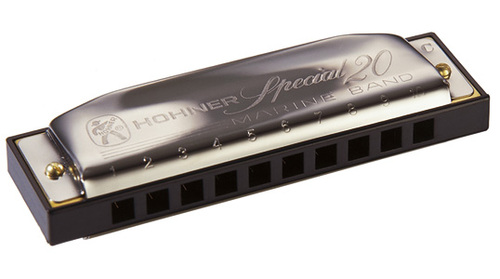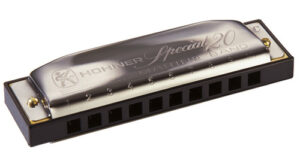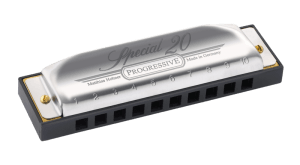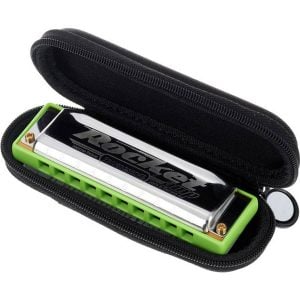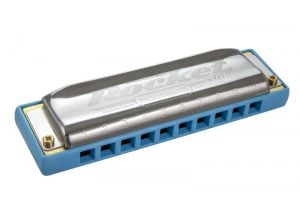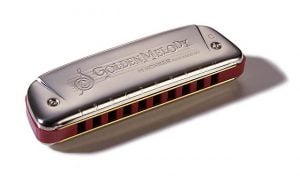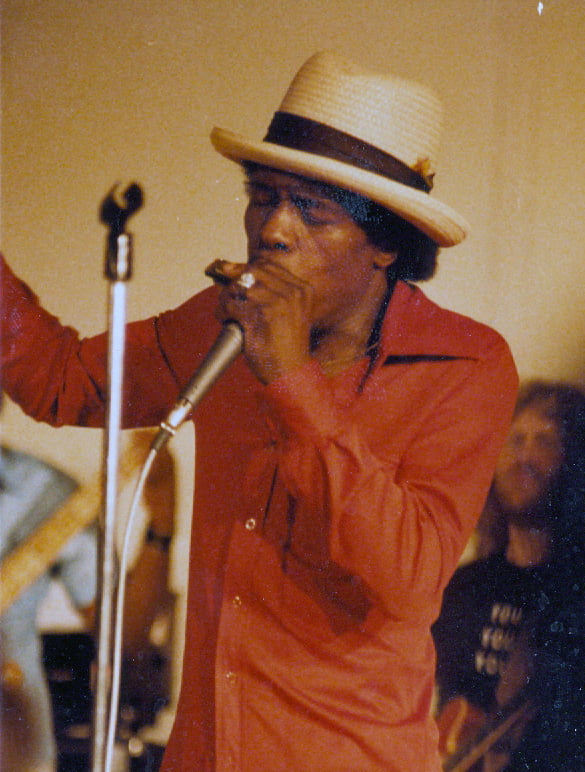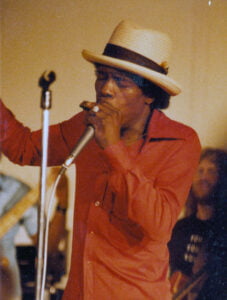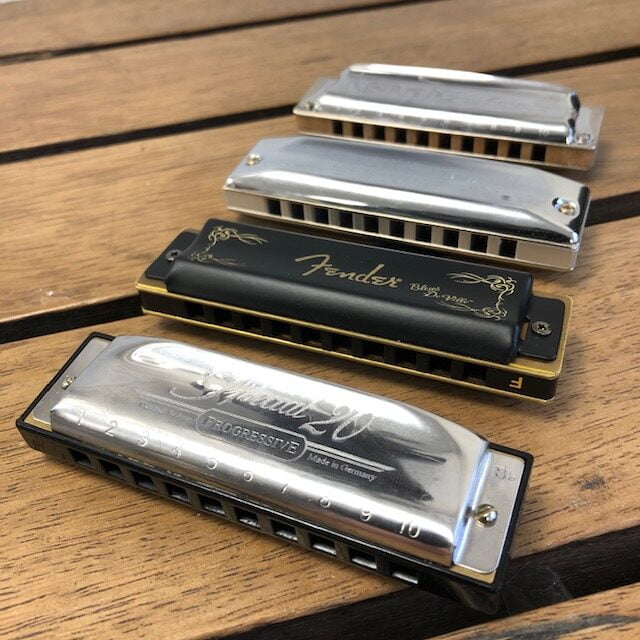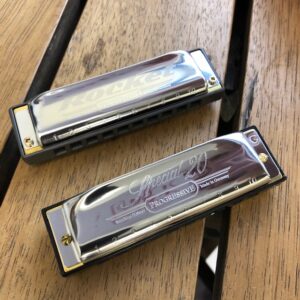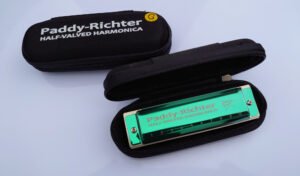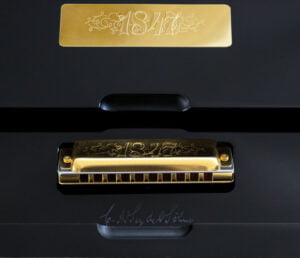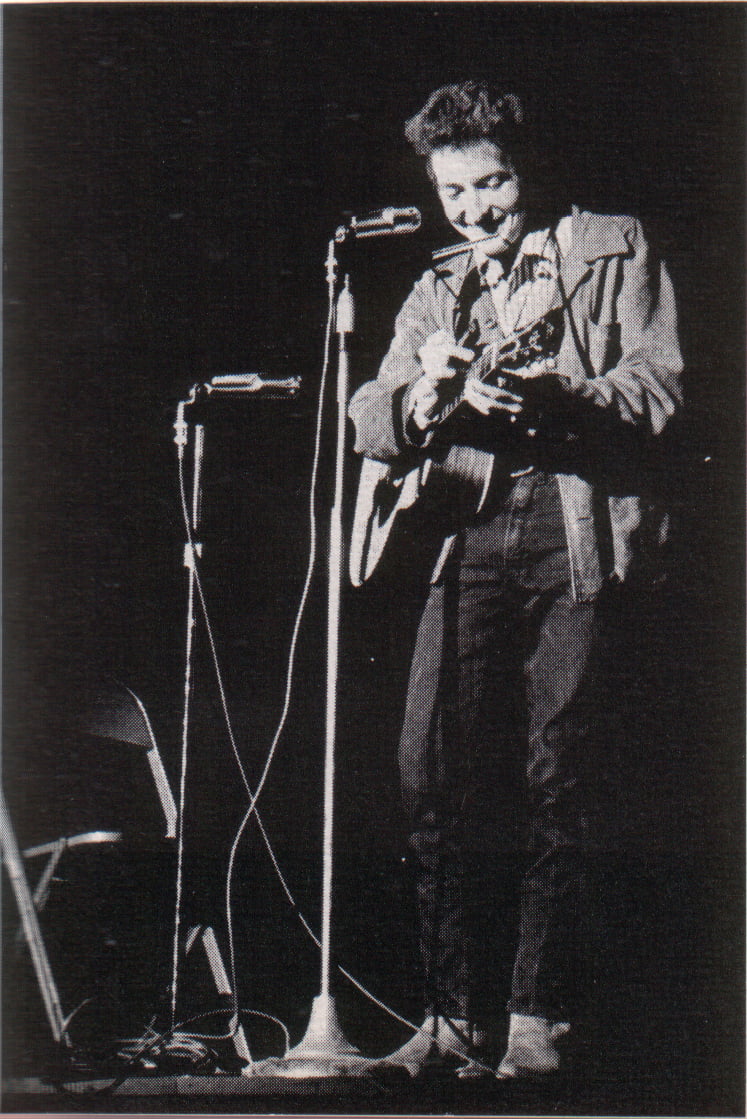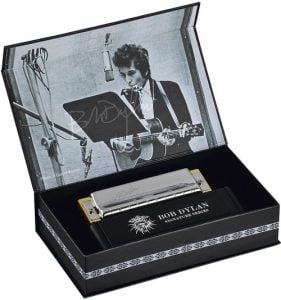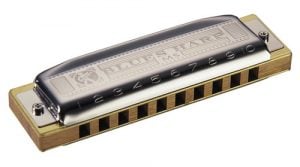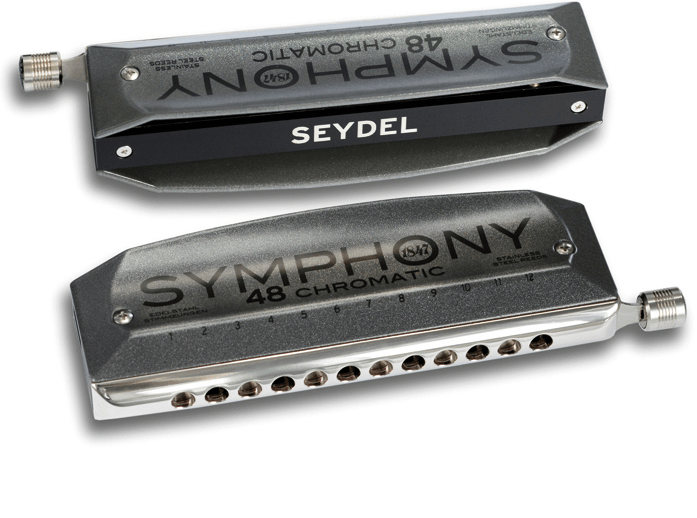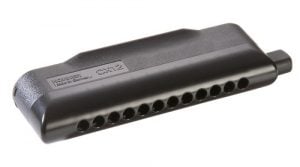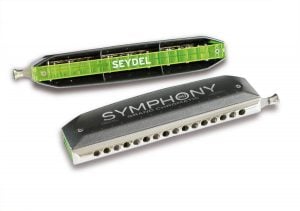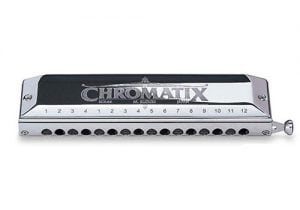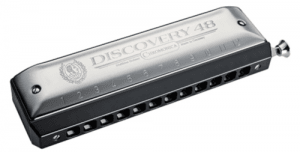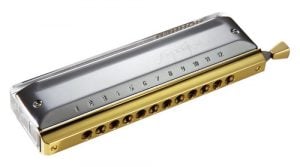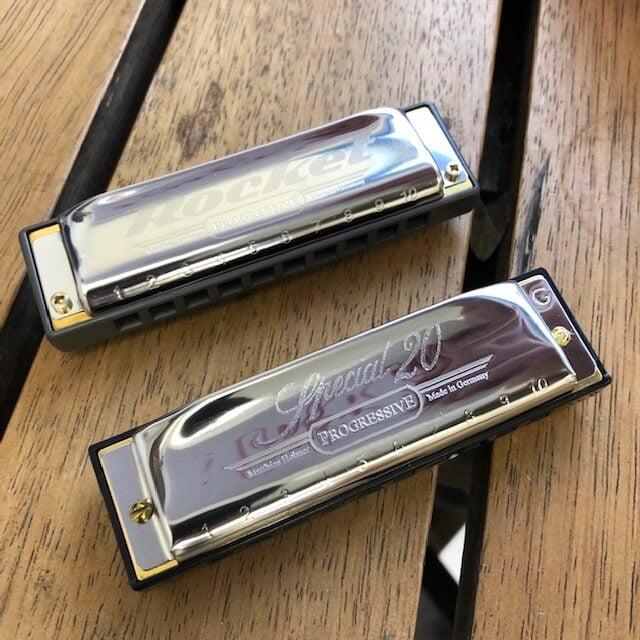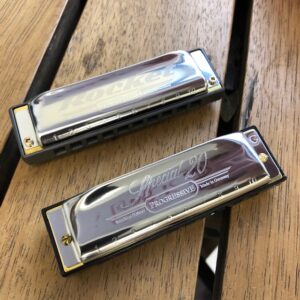Hohner may not lay claim to being the oldest extant manufacturer of harmonicas (that honour goes to its compatriot, Seydel, which is a few years more senior), but it can legitimately attest to being one of the most influential brands within the world of harps. Many of its innovations have changed the direction of the harmonica industry and have been widely copied by others. One of the most important of these was the creation of the world’s first diatonic harmonica with a plastic comb and recessed reed plates – the Hohner Special 20. Let’s have a look at the history of this harp and see why its design has been aped by so many other manufacturers since its launch.
Hohner in the 1970s
The 1970s were initially something of a fallow period for the German company, as they were for many businesses across the world. Energy prices had increased considerably, labour relations in factories were generally poor and the folk music boom created by artists such as Bob Dylan, and which drove significant harmonica sales, was starting to wane. Hohner’s model range was also somewhat dated, with the venerable Marine Band – little changed since its creation in the Victorian era! – still being one of its most popular harmonicas. (There is, of course the side note that pre-1980s 7-limit Just Intonation Marine Bands are now very desirable, but that’s a story for another day!)
Hohner needed something new to reinvigorate sales, and the answer lay in creating a harmonica that solved some of the fundamental issues of harps with wooden combs – swelling and comb roughness – whilst also being cost effective to manufacture. That harmonica was the Hohner Special 20.
Hohner Marine Band Special 20
Pearwood and other similar woods had been the staple material for harmonica combs since the invention of the instrument in the 1800s. They were relatively easy to manipulate into the shapes needed both for diatonic and chromatic harps, and provided the harmonicas with a distinctive tone, which could be manipulated subtly through the exact choice of wood type.
The major downside of wood in this application, however, is its tendency to swell over time when exposed to moisture. As combs are a part of the harmonica that comes into direct contact with the player’s mouth, and, no matter how careful a player is with their drying out routine, some moisture will come into contact with the comb, comb swelling and roughness over time is the almost inevitable result. Sealing liquids applied to the comb can partially mitigate both issues, as can careful choice of wood type, but these are not foolproof.
So, enter the post-War wonder material – plastic, which can be shaped into almost any form that’s needed, is inexpensive, smooth to play and completely resistant to swelling. It also had the added advantage that it could be manipulated in such a way that the reed plates could be completely recessed behind the comb. This made for a much smoother experience for a player’s mouth when doing fast runs on the harp, and also allowed musicians with nickel allergies to play the harmonica for the first time.
Of course, there was some initial scepticism – harmonica players, like guitarists, tend to be traditionalists – and plastic didn’t have a great reputation in terms of tone on other instruments, such as guitars, which has experimented with the material. However, a large number of players were won over when they heard the Special 20 in action, and discovered that the tone was only marginally different to the Marine Band, and didn’t sound thin and artificial, as they, perhaps, had expected. Even famous blues harpists, like Sonny Terry, began to add Special 20s to their collection, especially for live use, where their durability and easy bending made them perfectly suited to live on the road.
It didn’t hurt that the Special 20 was based on the Marine Band, in terms of aesthetics and size; had they made it truly radical, like, say a modern Yonberg harmonica, the results may have been different. It was even called a ‘Marine Band Special 20’ for many years, which became slightly confusing when all of the other Marine Band range models used a wood comb.
Original Special 20s shipped with a rather fetching leather case. This was later updated to the plastic case that still comes with the Special 20 today.
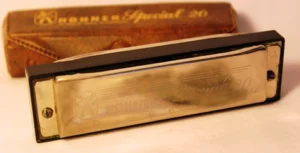
Imitators of the Hohner Special 20
By the 1980s, other manufacturers had caught on to the idea of a plastic comb, and the Special 20 had more competition from the likes of Tombo, via the Lee Oskar range of harps, and, towards the end of the century, Seydel, which had reappeared after a period of neglect during its time behind the Iron Curtain. Suzuki in Japan had also begun to make diatonic harps that drew on the Special 20’s main design features, and the marketplace for harmonicas with plastic combs was looking much more competitive.
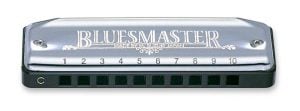
Hohner responded with the misjudged MS range, which imitated the modular design of Lee Oskar harps. Unfortunately, initial harps in this range were blighted by Hohner’s move to a computer controlled production line that led to numerous tuning and longevity issues, and which was later abandoned. MS harps such as the Pro Harp, are popular today, but as they have to ensure cross compatibility with wood combs (which feature on the MS Blues Harp), they don’t have recessed reed plates, and, in my opinion, don’t play as well as the Special 20.
Progressive Series Special 20 Versus Marine Band Special 20
The only major change to the Special 20 in its 50 year history was when Hohner moved it to be part of the Progressive range of harmonicas, which also features the Rocket and Golden Melody harps. This made sense, as the Special 20 has far more in common with the modern design of the Progressive range harps, which all feature ABS combs, than the traditional, wood comb Marine Band models. Unfortunately, this move coincided with a dip in quality, leading many players to claim a New Coke/Classic Coke situation, and search, often in vain, for new old stock of the ‘Classic’ Special 20.
The reality was that quality soon improved, and any difference between the two versions was either cosmetic (‘Progressive’ printed on the cover plates in place of ‘Marine Band’) or so small as to make no discernible difference (extra screws in the reed plates to allow Rocket and Special 20 reed plates to be interchangeable). Today, the Special 20 is as good as it’s every been and is an excellent choice for any level of player.
Should I Buy a Special 20, then?
The Special 20 offers easy bending, great durability and a dark tone that many players love. However, it is not without its flaws. The comb itself is quite a basic design, with square edges, and it’s no longer considered a high volume harmonica, if that’s your thing(!)
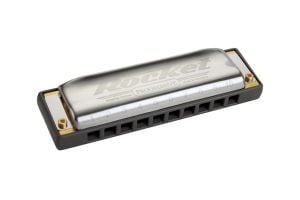
Personally, I prefer the Rocket, which is the same basic design as the Special 20 (their reed plates are identical, for one thing) but has a much nicer comb, with softer edges and chambers designed to increase volume. It’s a little more expensive than the Special 20, but the difference is marginal for the more luxurious feel it imparts. This said, if you want country tunings and a full range of keys, the Special 20 is still the harp to buy.

